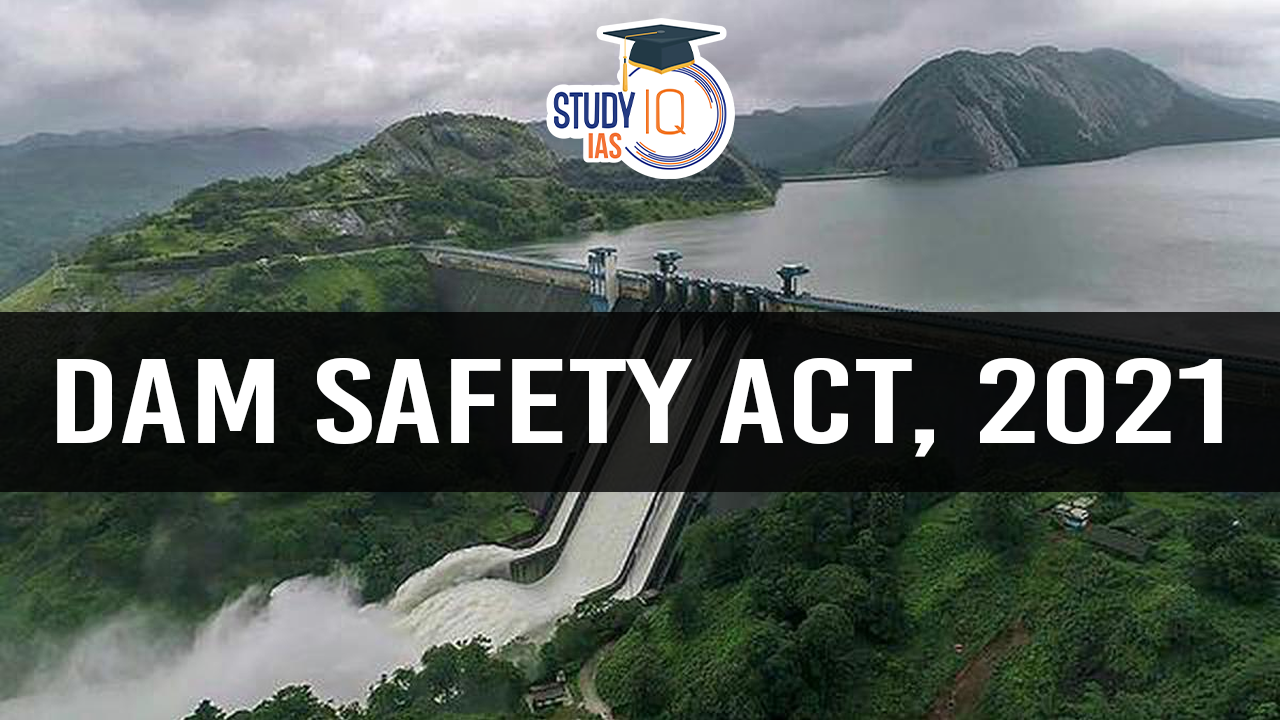Table of Contents
Context: The Supreme Court criticized the Union government for its delay in implementing the Dam Safety Act, 2021.
Key Concerns Raised by the Supreme Court
- Delay in Implementation: The Act mandates the National Committee on Dam Safety creation within 60 days of its commencement. The committee, which must be reconstituted every three years, has not yet been formed.
- Mullaperiyar Dam: Structures like Mullaperiyar Dam, which was built in 1895 using limestone and surkhi, are vulnerable to structural failures, which is a great cause of concern.
Key Features of Dam Safety Act, 2021
- It was passed by Parliament to ensure the safety and operation of dams in India and prevent disasters caused by dam failures.
- National Dam Safety Committee (NDSC):
- Role: To help evolve uniform dam safety policies, protocols and procedures.
- National Dam Safety Authority (NDSA): Established under the Act to regulate dam safety across India.
- Headed by: Chairman of Central Water Commission (CWC)
Functions
- Implement dam safety policies.
- Resolve disputes between States.
- Ensure compliance with safety protocols.
State Institutions
- State Committee on Dam Safety: Oversee safety measures for dams located within the respective State.
- State Dam Safety Organization (SDSO): Inspect dams, review their safety and monitor compliance with regulations.
Regulatory Provisions
- Obligations of Dam Owners: Conduct periodic safety inspections and Maintain records and update emergency action plans.
- Periodic Inspections: Mandatory inspection of dams at regular intervals by qualified engineers.
- Emergency Action Plan (EAP): Dam owners must prepare and implement EAPs to address risks and ensure public safety.


 Revolution of Clean Energy in India and ...
Revolution of Clean Energy in India and ...
 List of National Parks in India 2025, Ch...
List of National Parks in India 2025, Ch...
 Bone Collector Caterpillar Wears the Bod...
Bone Collector Caterpillar Wears the Bod...





















